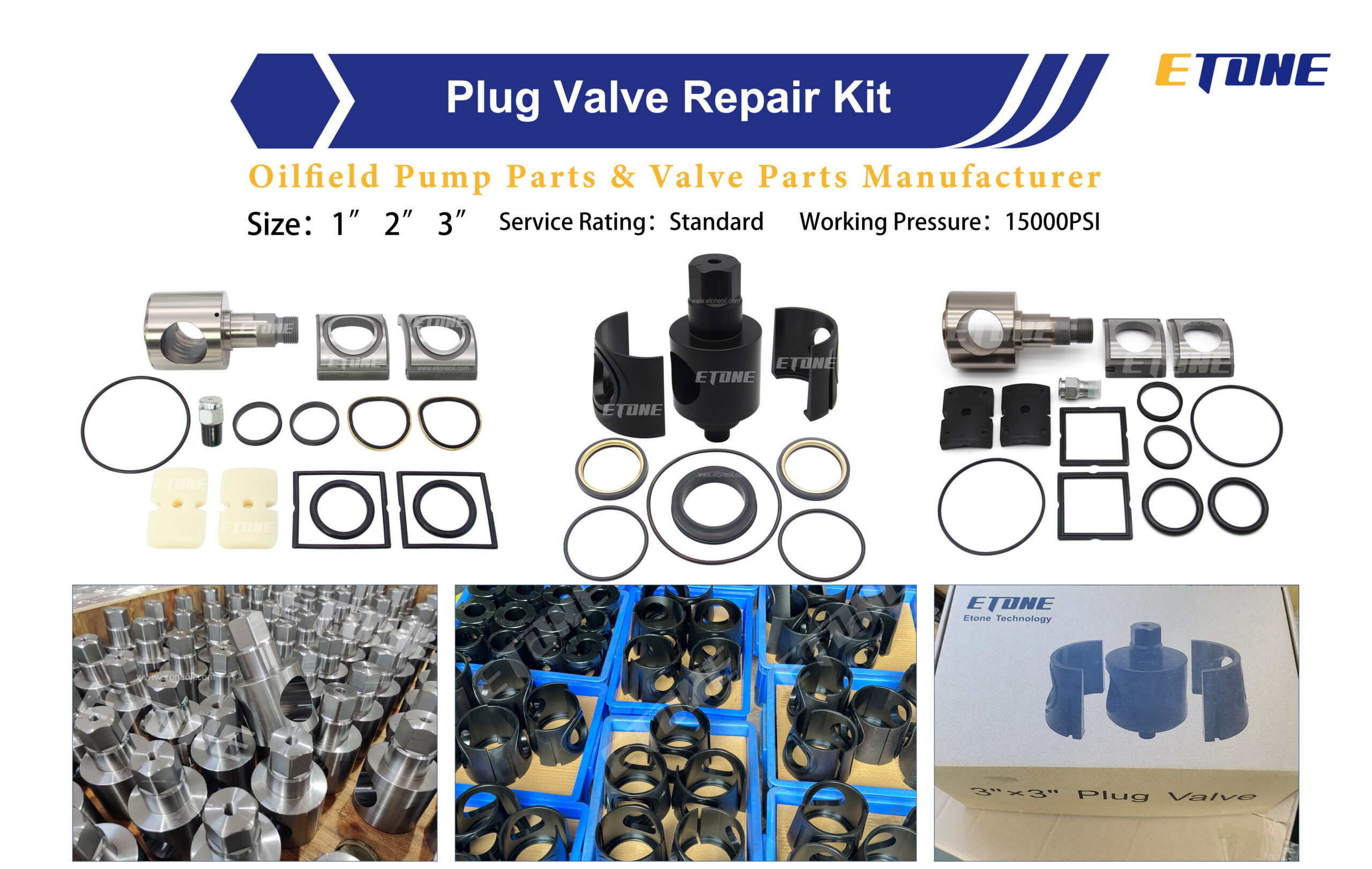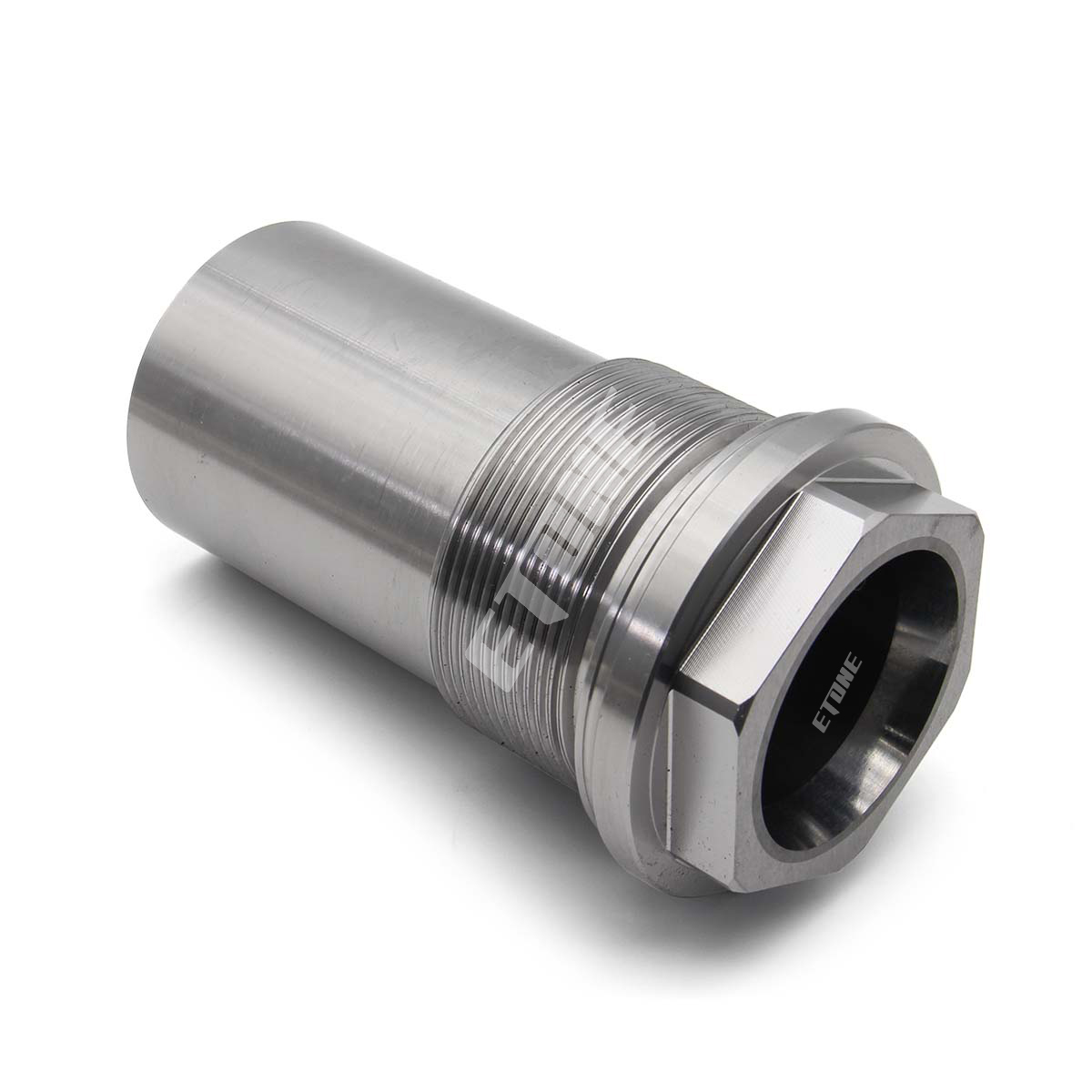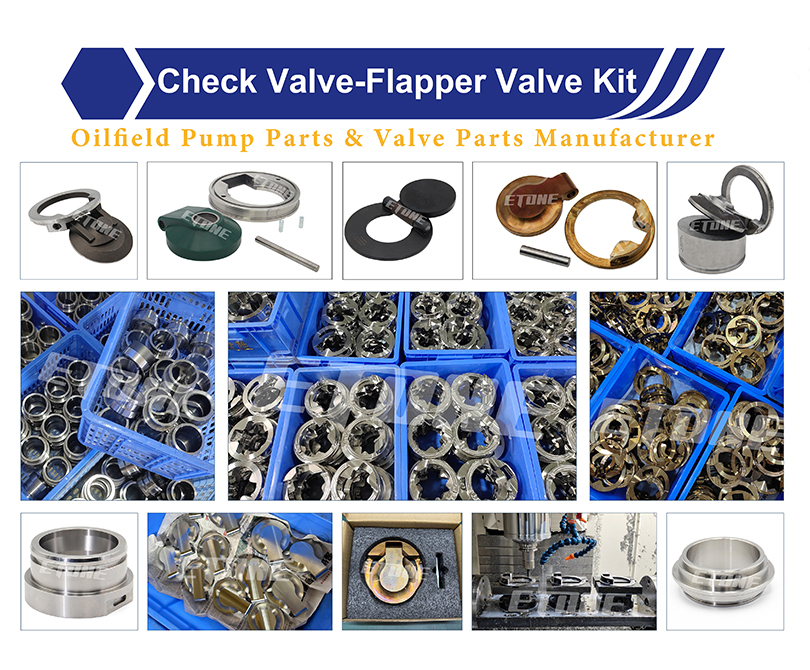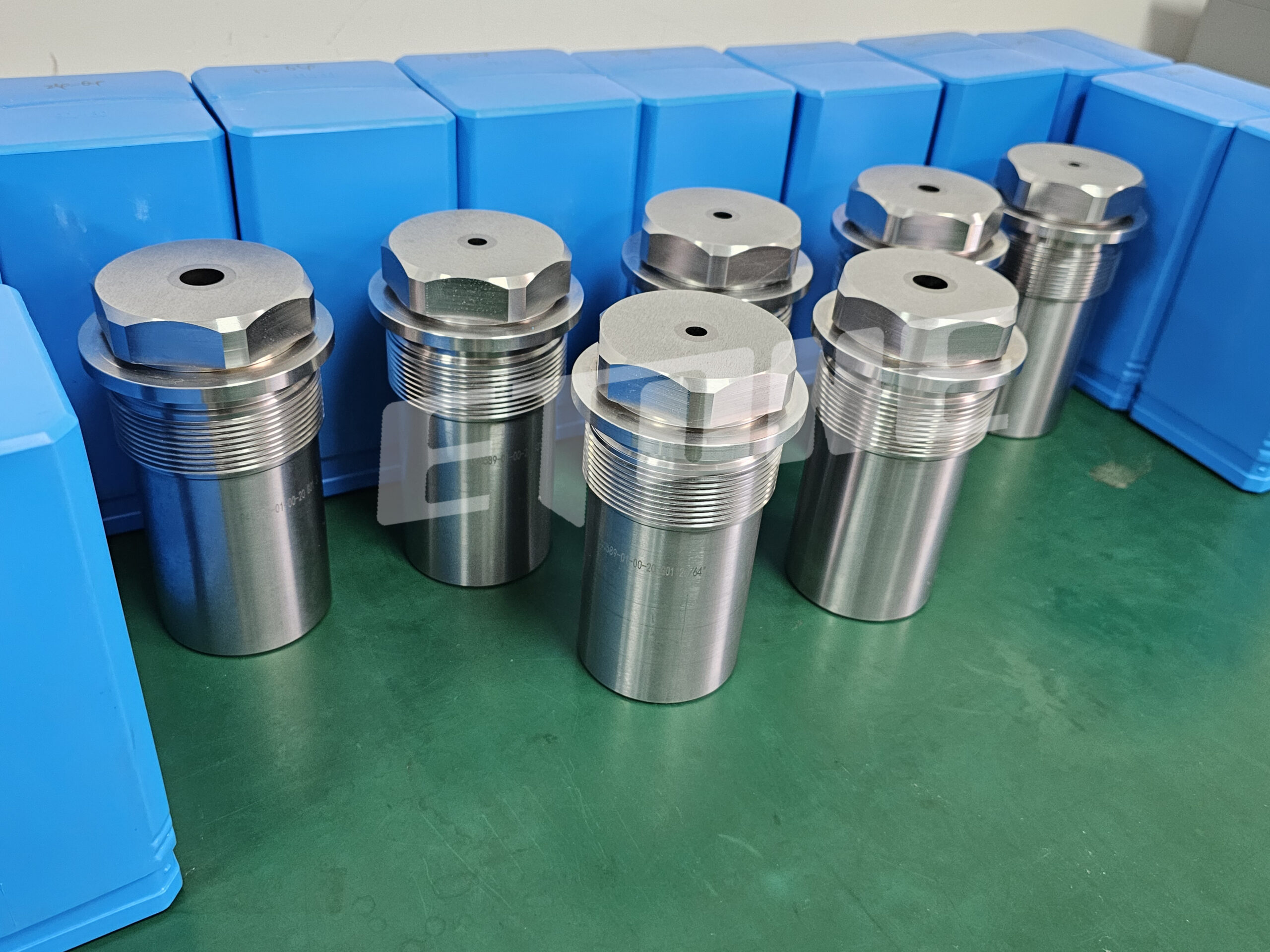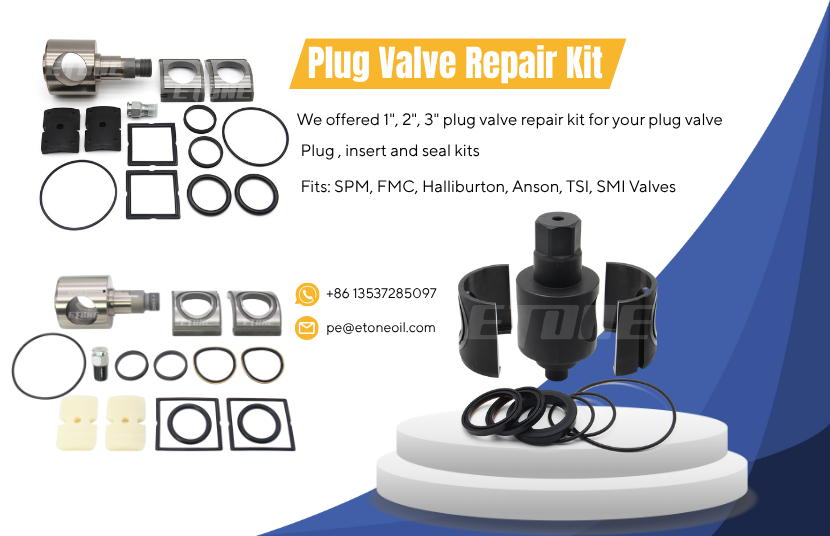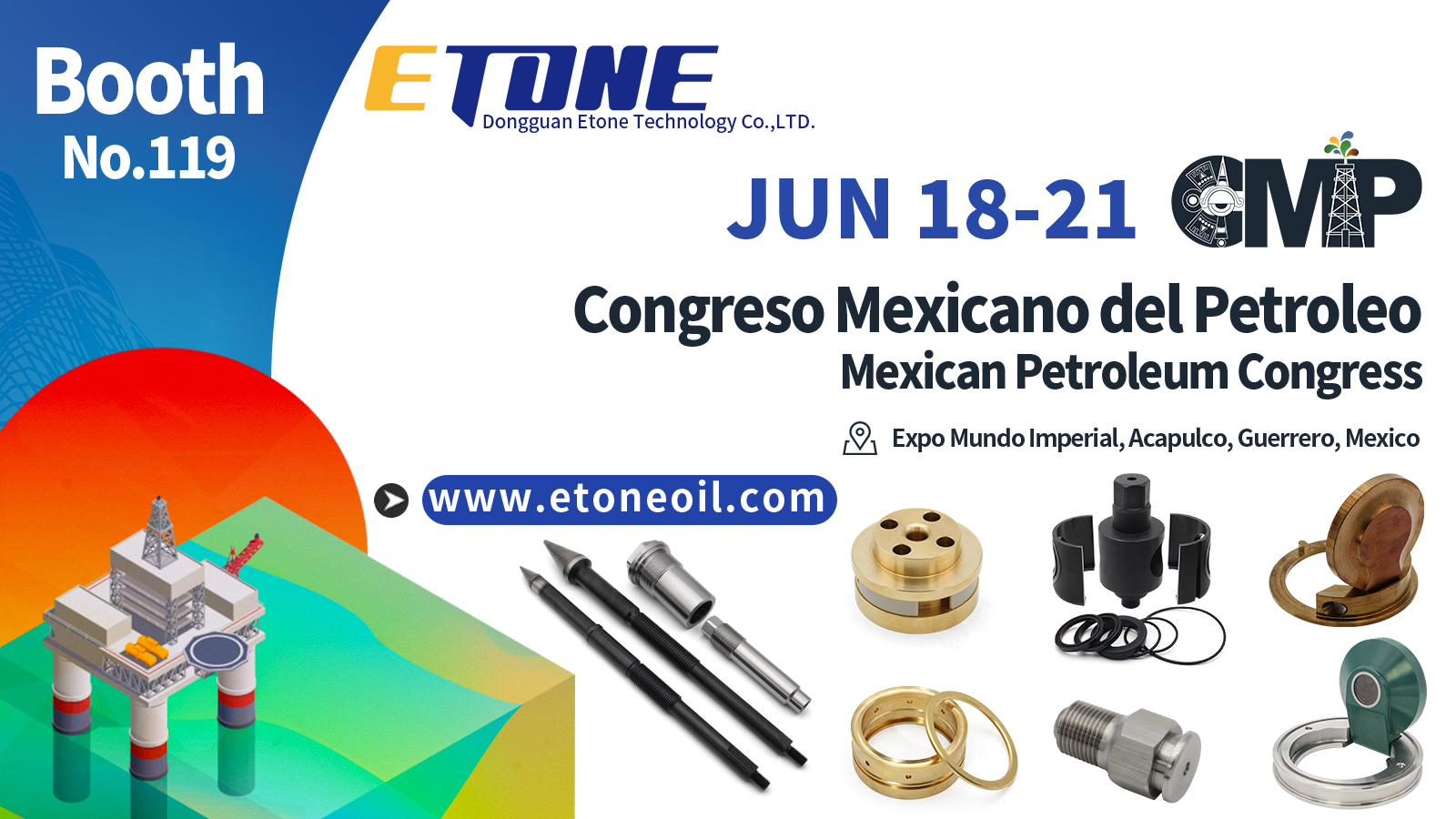Positive flow beans (choke beans) are essential components in choke valve assemblies used by oilfield service companies, OEM pump and valve manufacturers, maintenance contractors, and drilling firms. The correct material choice and precise fit can prevent erosion, reduce downtime, and ensure consistent flow control under API-standard conditions.
This article provides a technical guide on materials, durability, selection methods, and real-world use cases that align with industry requirements for API-6A compliance and long-term field performance.
What Are Positive Flow Beans and Their Purpose?
Positive flow beans regulate flow in choke valves through fixed orifices. They differ from adjustable choke valve stems by offering constant flow control, which is ideal for stable production environments. These inserts are typically installed in H2-style choke systems and are manufactured to API pressure classes of up to 10,000 PSI.
Material Comparison: Performance and Use Cases
| Material Configuration | Abrasion Resistance | Corrosion Resistance | HPHT Capability | Lifecycle | Cost |
| WC insert + SS body | Excellent | High | Strong | Very long | High |
| 17-4 PH or 410 SS with WC lining | Very good | High | Good | Long | Medium |
| Plain stainless steel or bronze | Moderate | Moderate | Fair | Medium | Low |
| Ceramic (≥98.5% alumina) inserts | Poor (brittle) | High | Low | Short | Very low |
Tungsten carbide (WC) lined positive flow beans excel in abrasive and high-velocity environments. Ceramic versions may resist corrosion but fail quickly under vibration or solids-laden flow. Stainless or alloy steel bodies provide balanced strength and heat resistance for moderate applications.
How to Select the Right Positive Flow Bean?
1. Assess Operating Conditions
Consider pressure, temperature, fluid type, and sand content. High-pressure and sand-laden jobs demand tungsten-carbide-lined models.
2. Match Material to Service
Use the material comparison table above to guide selection—WC for HPHT/sand, alloy steel for moderate corrosive conditions, bronze or SS for low-cost, gentler environments.
3. Consider Lifecycle Costs
Premium inserts cost more initially but deliver a longer lifespan and fewer replacements, saving time and money in field operations.
4. Verify Compliance & Documentation
Ensure each choke bean meets API-6A/Q1 standards. Review Material Test Reports (MTRs), hardness tests, and traceability.
5. Ensure Compatibility with OEM Systems
Confirm fit with H2-style choke valves used by Cameron, Honest John, or other OEMs. Check hex size, length, and orifice compatibility to avoid downtime.
Why Etone Oilfield Equipment?
In-stock and Fast Delivery: Common sizes (12/64 to 40/64) available for immediate shipment; custom sizes produced with short lead times.
Engineering Support: Datasheets, MTR samples, and compatibility charts available. Technical guidance provided by our team.
Conclusion
Selecting the right positive flow bean requires technical precision: materials like tungsten-carbide lined bodies offer maximum durability, especially in abrasive or HPHT conditions. By focusing on compliance, lifecycle performance, and OEM compatibility, you ensure long-term flow control reliability and operational efficiency.
Need choke valve beans with verified, wear-resistant materials, and fast delivery? Compatibility guides for your specification at pe@etoneoil.com. Let us support your next oilfield application with choke valve parts solutions.

